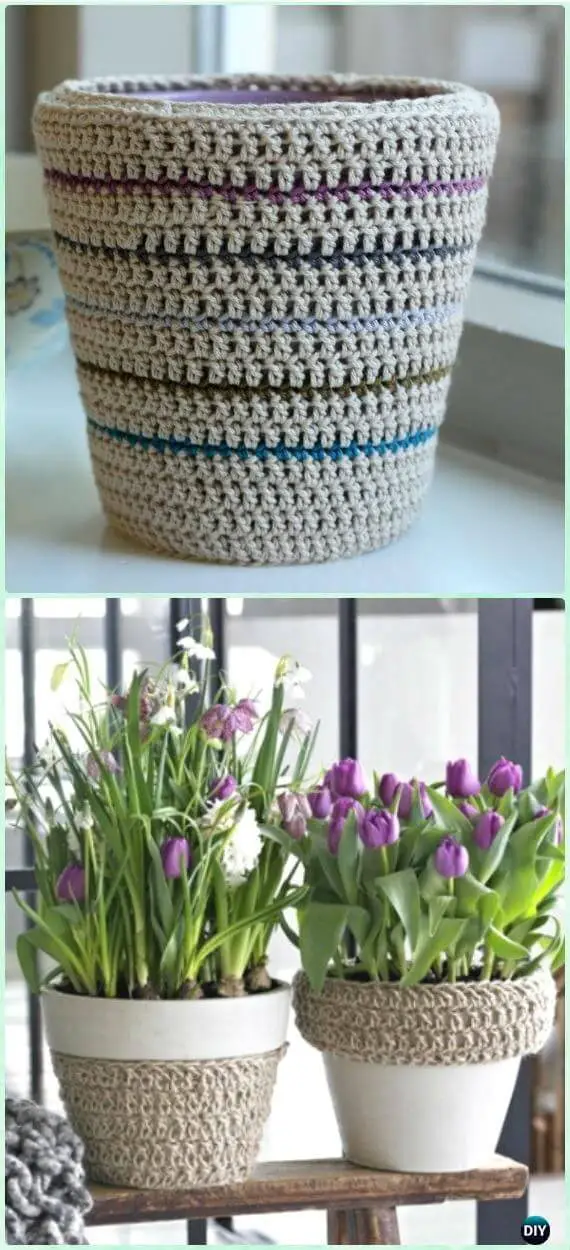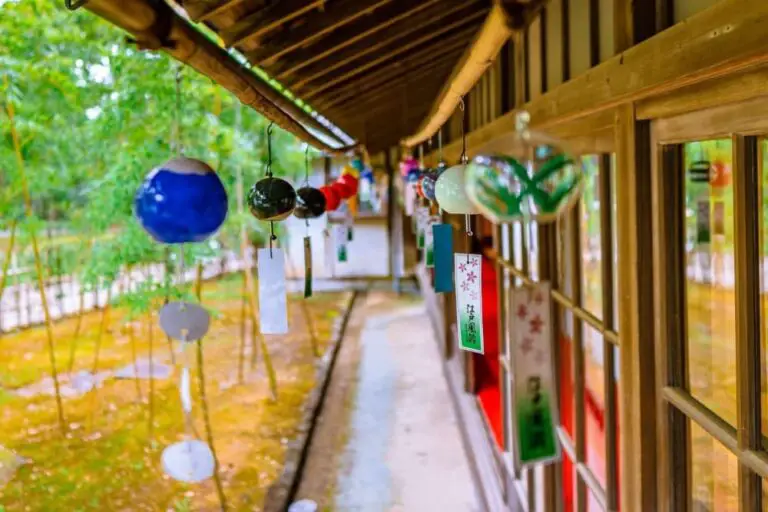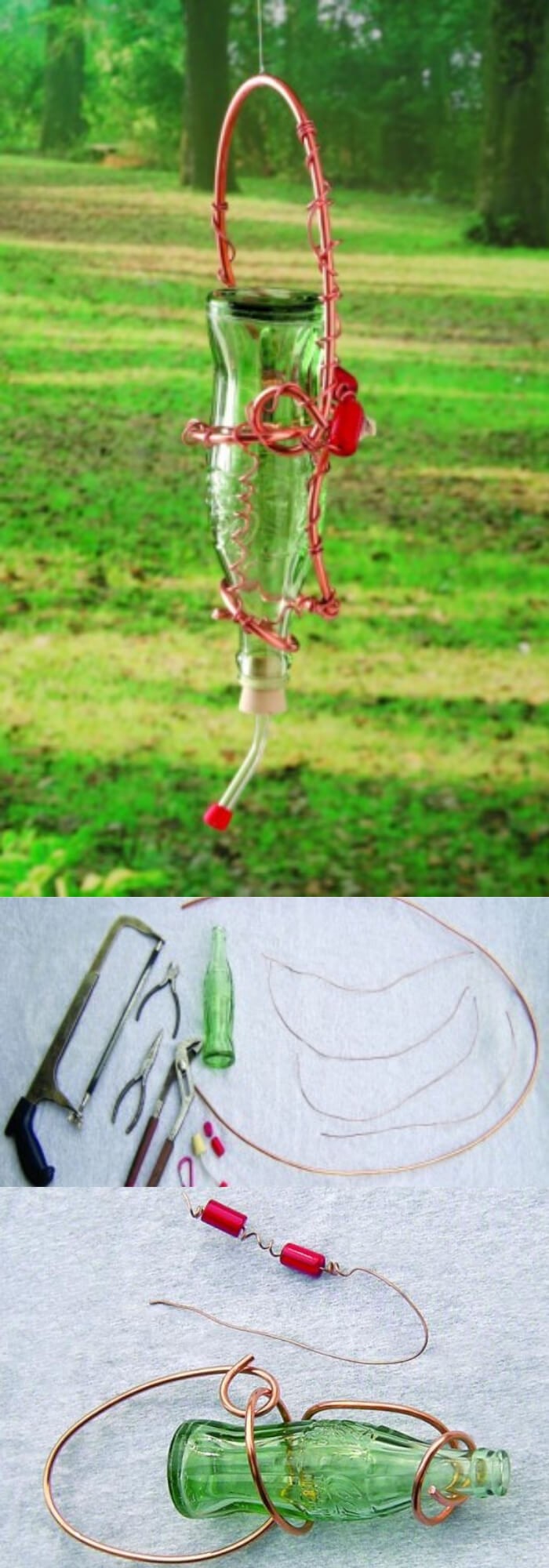33 Beautiful Hawaiian Flowers: A Guide To The Best Blooms In The Islands
When people think of Hawaii, they often associate it with sun-kissed beaches and lush greenery. However, the Aloha State is also home to an astonishing array of unique and exquisite flowers. In this blog post, we’ll take you on a journey to explore some of the most stunning and iconic Hawaiian blooms.
From the majestic Alulu (Brighamia insignia) to the vibrant Anthurium (Anthurium andraeanum), the striking Bird of Paradise (Strelitzia reginae), and the delicate Cosmosflower Beggarticks (Bidens cosmoides), each flower has its own unique characteristics, colors, and textures. We’ll delve into the world of these incredible blooms, introducing you to 33 species that are native to Hawaii. Some of these flowers are seasonal, with certain varieties blooming in specific months.
For example, February is a great time to spot Passion Fruit Flower (Passiflora edulis) and Pikake (Jasminum sambac), while others, like Plumeria (Plumeria rubra), can be enjoyed year-round. So, what are some of the most iconic Hawaiian flowers? What blooms in Hawaii in February? Keep reading to find out!
Alulu (Brighamia insignia).
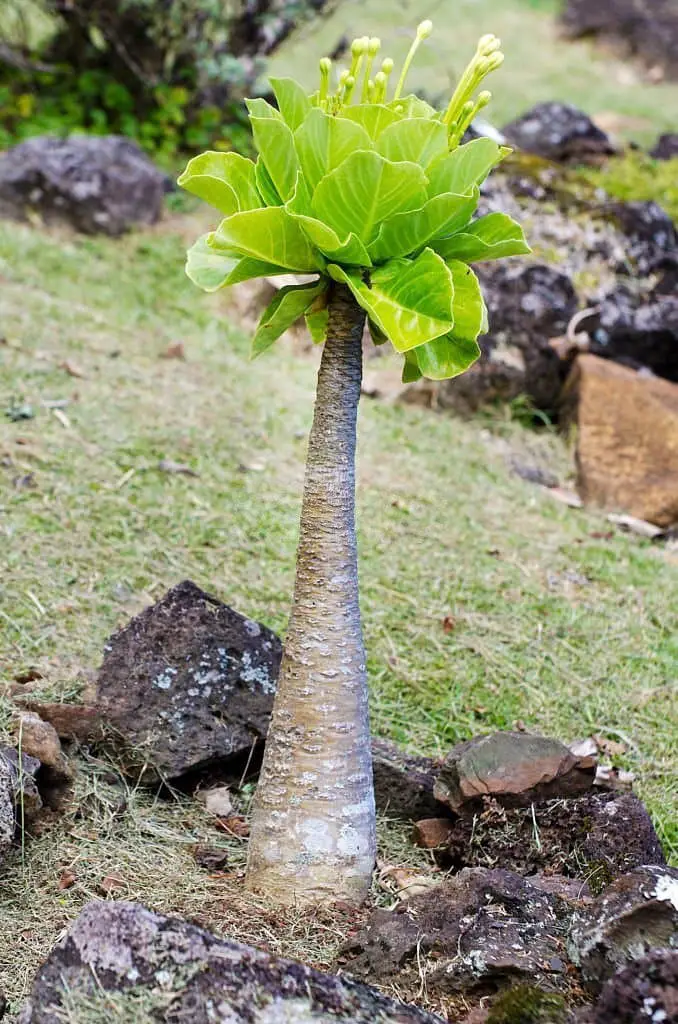
On the island of Kaua’i, a native species thrives: the alulu, also known as the Hawaiian palm. This unique plant, part of the Asteraceae family, shares a common ancestry with daisies, sunflowers, and lettuce. Reaching heights of 20 feet, its leaves stretch an impressive 12 feet long. Moths are responsible for pollination, while small, yellow fruits provide a sweet reward. However, this remarkable species faces extinction due to habitat loss and degradation.
Once thriving in dry forests, the alulu is now found in isolated populations due to agriculture, housing, and non-native plant competition. Despite its endangered status, the alulu holds cultural significance, featuring in lei making and wood carving. Additionally, its spiritual power leads some to plant it near graves, solidifying its importance in Hawaiian culture.
Anthurium (Anthurium andraeanum).
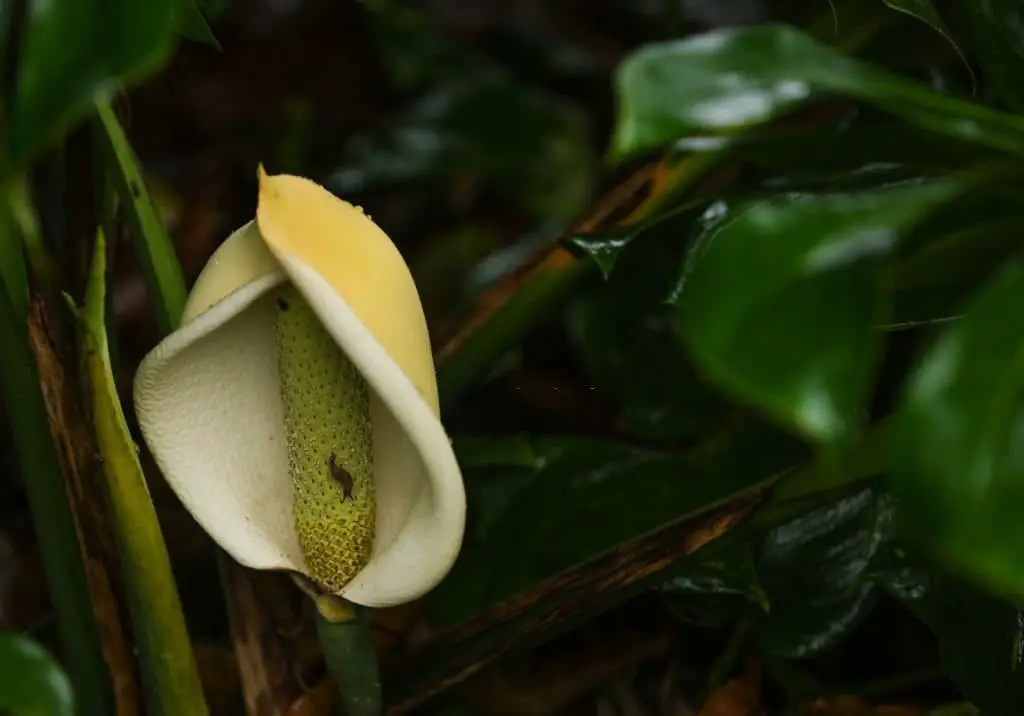
With over 1000 species, Anthurium is a diverse genus of flowering plants that predominantly hail from the tropical Americas. These stunning blooms are also commonly referred to as flamingo flowers or painter’s palette due to their vibrant colors and unique shapes. The name Anthurium itself originates from ancient Greek, with ‘anthos’ meaning flower and ‘oura’ translating to tail – a reference to the distinctive spathe and spadix that adorn its inflorescence.
While many species of Anthurium are native to tropical America, where they thrive in rainforests at elevations below 2000 meters, a few scattered varieties can be found on Pacific and Indian Ocean islands.
Bird of Paradise (Strelitzia reginae).
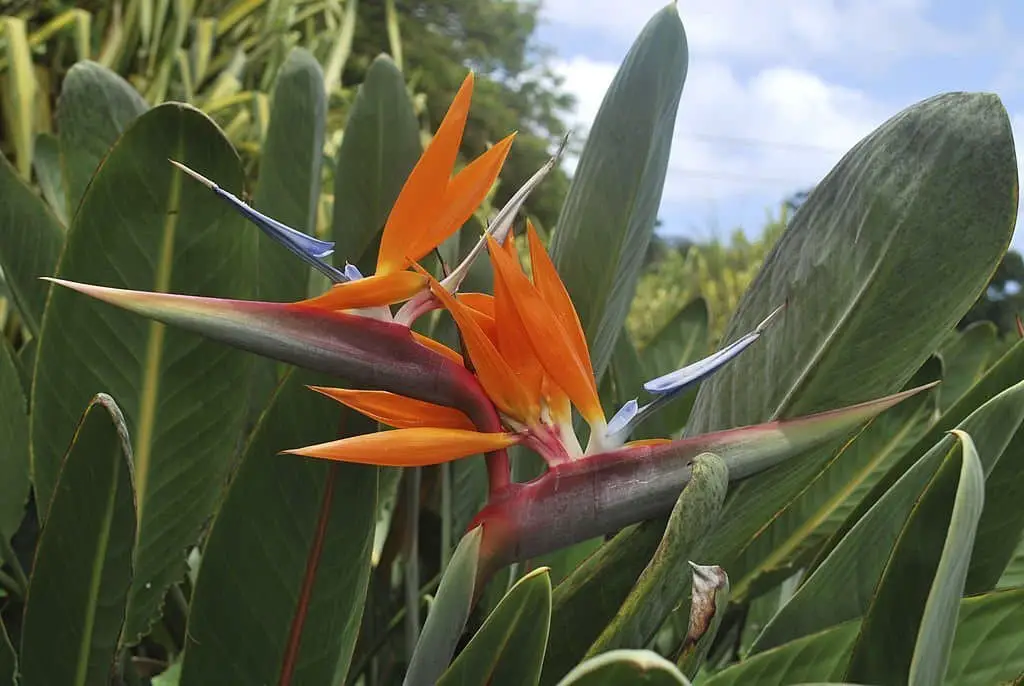
In the lush landscapes of Hawaii, a stunning native plant stands out – the Bird of Paradise. This flowering beauty has been a staple in traditional leis for centuries, with its vibrant blooms adding a pop of color to any arrangement. But what makes this plant truly unique is its striking appearance. Growing up to six feet tall, the Bird of Paradise boasts a majestic presence, while its orange and blue flowers create a mesmerizing display that’s hard to ignore.
Cosmosflower Beggarticks (Bidens cosmoides).
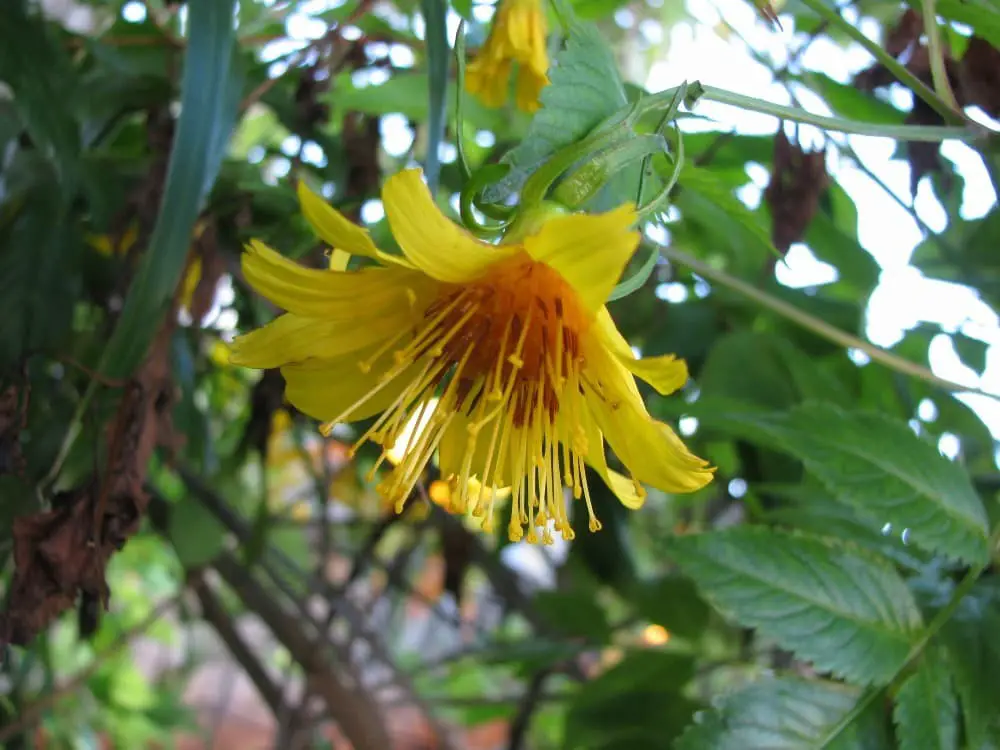
Hailing from the beautiful islands of Hawaii, this unique plant can be found thriving on Kauaʻi, Oʻahu, Maui, Molokaʻi, Lānaʻi, and Hawaiʻi. Its striking flowers boast five delicate petals, with a stunning white hue and vibrant yellow or orange centers adding a pop of color. The plant’s adaptability allows it to flourish in dry to mesic habitats across the islands, ranging from sea level all the way up to elevations of 1000m.
Interestingly, this versatile bloom has been utilized not only for its aesthetic appeal but also as a key ingredient in traditional lei making and even as a natural dye in the past.
Haha (Cyanea grimesiana ssp. grimesiana).

Hawaii’s Cyanea genus is home to a unique subspecies that thrives as a small tree or shrub, reaching heights of up to 15 feet. Its dark green leaves gleam with a glossy sheen, while the underside takes on a purplish hue. The white flowers feature striking purple streaks, and Haha blooms from June to August, producing small black drupes as fruit. Typically found in mesic to wet forests at elevations between 1000 and 3000 feet, this subspecies is abundant on Oahu, Maui, and Hawaii islands.
Beyond its natural charm, the Haha tree has various practical applications. Its durable wood lends itself well to construction, while the bark can be crafted into rope and clothing. The leaves are prized for their role in lei making, whereas the flowers are used in both leis and as an ingredient in tea.
Hawaiian Blue Ginger (Dichorisandra thyrsiflora).
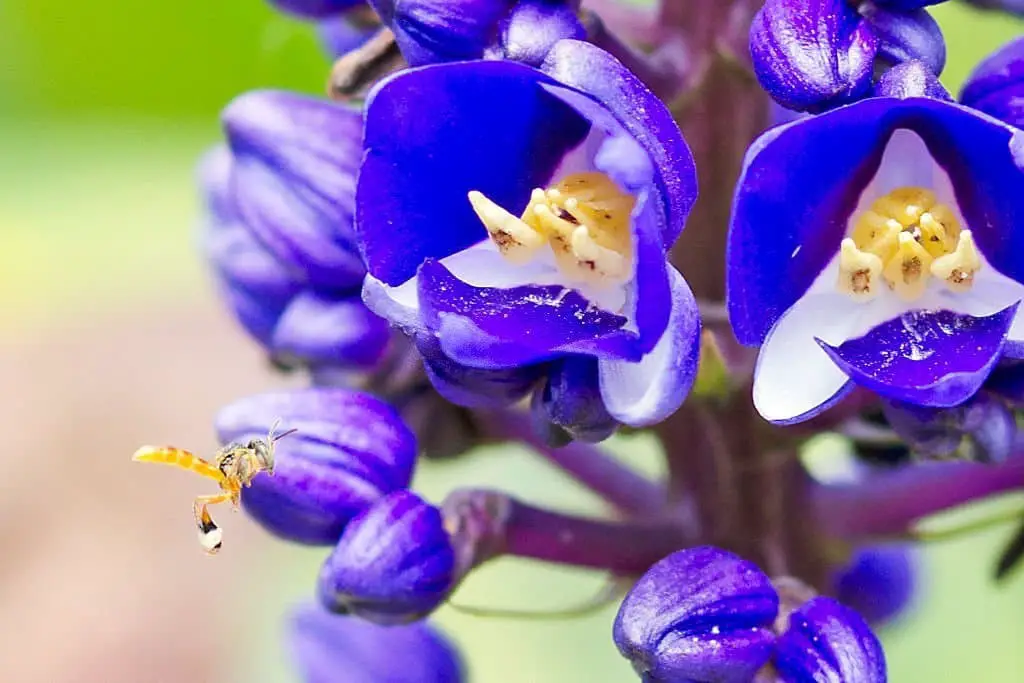
This perennial herb, native to Brazil, is a member of the Commelinaceae family. Its striking blue blooms make it a popular ornamental plant in tropical and subtropical regions worldwide. While some appreciate its peppery flavor and use it as a culinary herb, others find it less palatable. The plant reaches approximately two meters (six feet) in height, with lance-shaped leaves that provide a subtle backdrop for the showy blue flowers.
These inflorescences typically consist of three to six blooms, which are followed by brown capsules containing black seeds.
Hawaiian Hibiscus (Hibiscus brackenridgei).

The Hibiscus genus comprises both annual and perennial herbaceous plants, as well as woody shrubs and small trees within the mallow family, Malvaceae. Its native range spans from tropical Africa’s western coast to Polynesia. Within this genus lies the Hawaiian hibiscus (Hibiscus brackenridgei), also known as pua aloalo in Hawaiian, which is endemic to the island of Maui and thrives in dry forest and shrubland habitats.
This species of Hibiscus grows into a small tree or shrub, reaching a height of six meters, with simple, lobed leaves measuring up to fifteen centimeters long. The white flowers, featuring a yellow center, can reach a diameter of up to eight centimeters.
Hawaiian Iliau (Wilkesia gymnoxiphium).
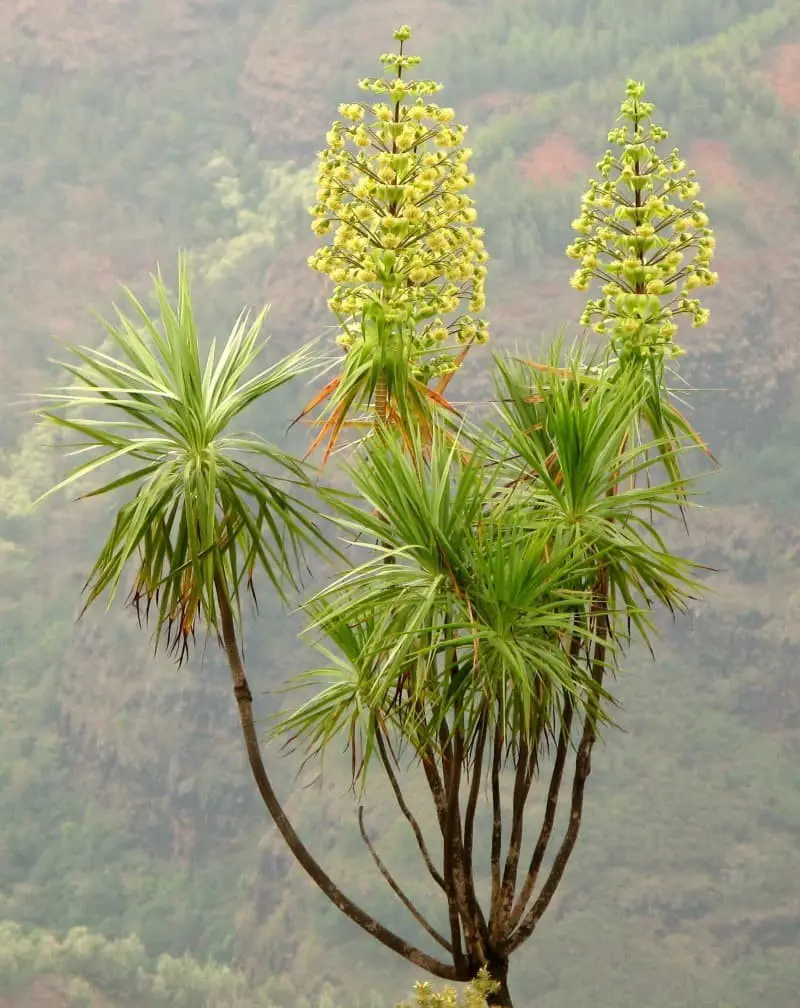
The iliau, a Hawaiian endemic plant belonging to the sunflower family, thrives in dry, open environments across all major islands except Niʻihau and Kahoolawe. While once abundant on Maui, it is now incredibly rare there. Its habitats range from several types of dry forests to open shrublands and dry grasslands.
Characterized by its compact stature, the iliau reaches a height of approximately 0.30 meters (12 inches).
Its leaves are alternate, featuring an oblong-elliptic to lanceolate shape, measuring up to 12 centimeters (4.7 inches) in length and three centimeters (1.2 inches) in width. The leaf margins exhibit toothed edges, while the upper surface is covered in fine hairs.
The iliau’s bright yellow flowers bloom in clusters of one to five each, producing brown, dry, one-seeded achenes that can reach up to three centimeters (1.2 inches) in length and two centimeters (0.8 inches) in width.
Insects such as bees, flies, and beetles play a crucial role in pollination. The seeds are dispersed by wind and animals, ensuring the iliau’s survival.
Hawaiian Red Cranesbill (Geranium arboreum).
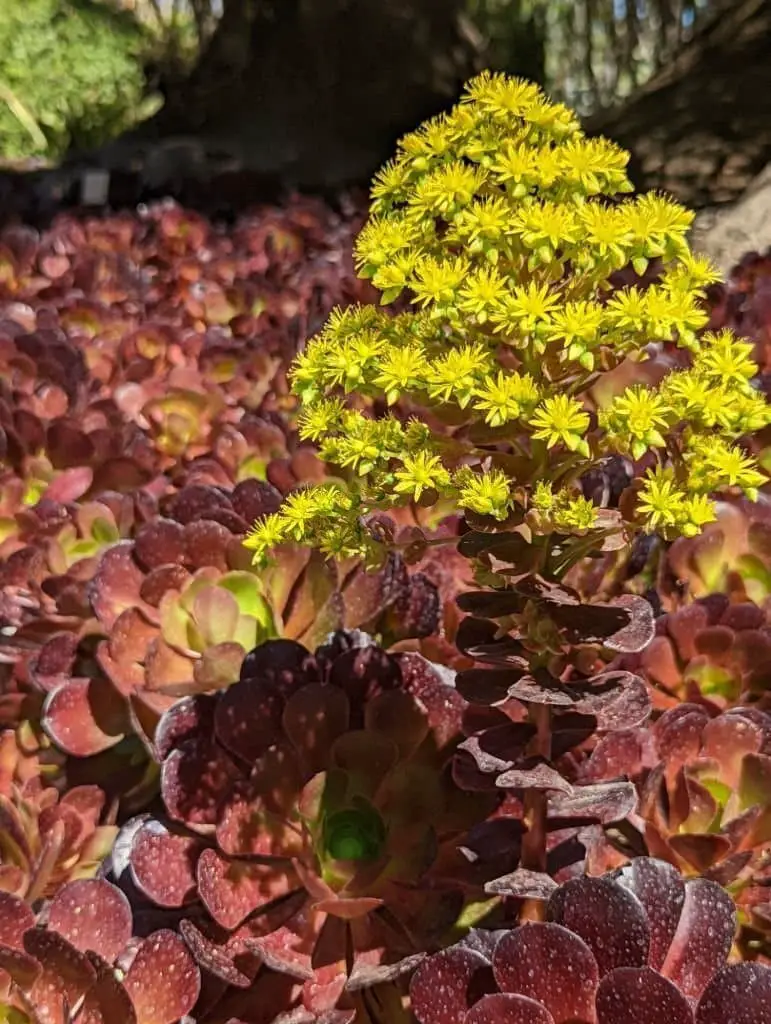
The Hawaiian red cranesbill, endemic to Hawaii, belongs to the Geraniaceae family and can be found in mesic and wet forests across the islands of Kauai, Oahu, Molokai, Maui, and Hawaii. This shrub typically reaches a height of 0.30-0.91 meters (12-36 inches), with opposite, simple leaves featuring lobed edges with rounded teeth. Its flowers appear solitary or in pairs, boasting five pink to red petals, while the fruit takes the form of a dry capsule that disperses seeds via wind.
The plant’s elevational range spans from sea level up to 1220 meters (4000 feet), and it is particularly common in the Koolau and Waianae mountain ranges on Oahu. A ubiquitous sight in Hawaiian landscapes, the red cranesbill’s adaptability has led to its widespread use in landscaping.
Heliconia (Heliconia rostrata).
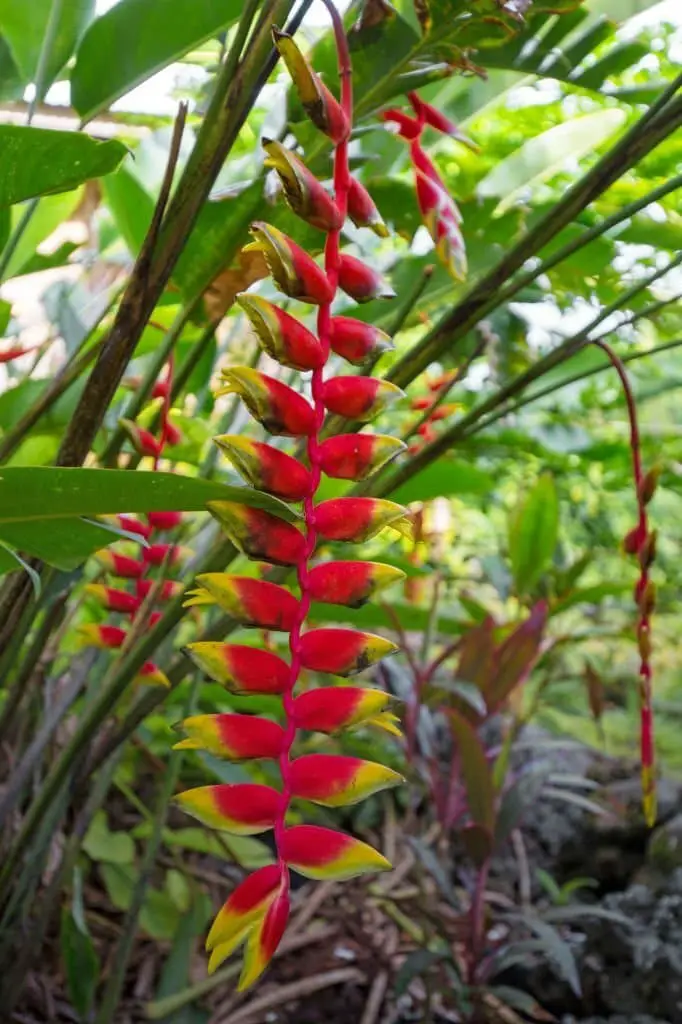
Heliconia rostrata, a perennial flowering plant native to Central America, can grow up to 15 meters tall. Its oblong or lance-shaped leaves range from 15-60 centimeters in length and 0.75-15 centimeters in width. The plant’s most striking feature is its vibrant flowers, which bloom on inflorescences that arise from the leaf axils. Each flower boasts six petals and typically displays a bold red, orange, or yellow hue.
As for its fruit, Heliconia rostrata produces capsules containing numerous small seeds. While it’s often cultivated as an ornamental plant in gardens or used as a cut flower in bouquets, it also holds cultural significance in traditional medicine, where it’s employed to treat various ailments.
Hinahina (Heliotropium anomalum).
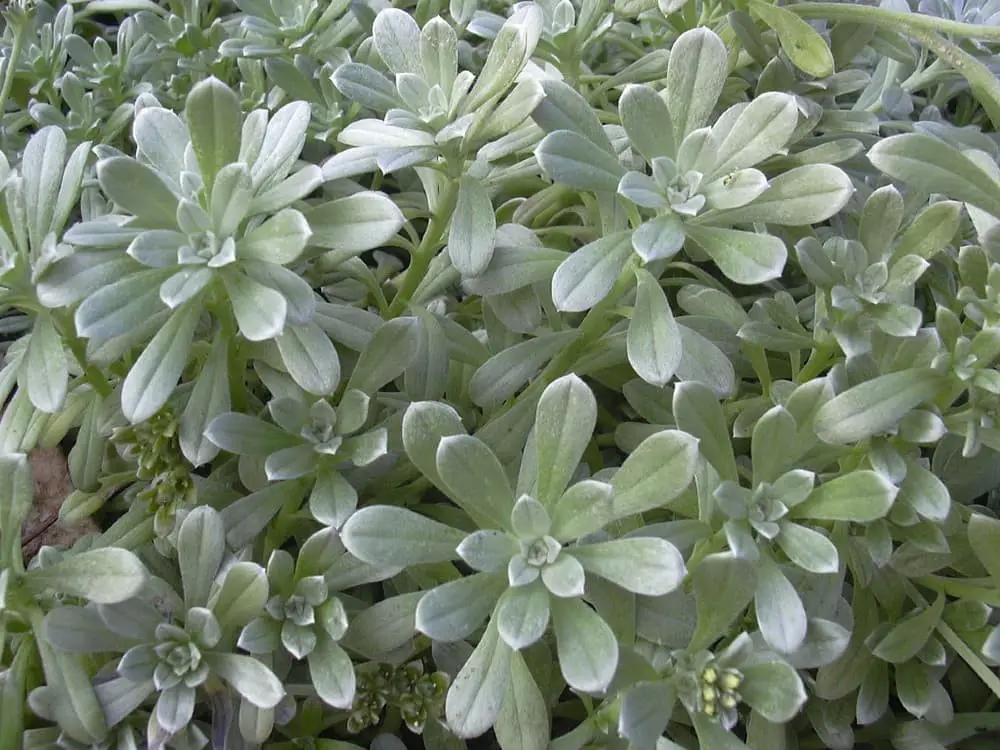
Hinahina, a endemic Hawaiian shrub, can be found on the islands of Kauaʻi, Oʻahu, Molokaʻi, Maui, and Lānaʻi. It thrives in dry to moderately wet forests at elevations ranging from sea level to approximately 3000 feet. Unfortunately, hinahina is listed as endangered by the state of Hawaii. The shrub’s striking features include silver-gray leaves and branches adorned with soft, velvety hairs.
Its small white or pale purple flowers bloom year-round, with peak flowering occurring between May and November. Each flower measures only about a millimeter in width. Additionally, hinahina is pollinated by tiny insects, such as thrips. While fruit production is rare, the one-seeded berries are typically greenish-white or pale purple when they do appear.
Ilima (Sida fallax).

In the lush tropical environment of Hawaii, one species stands out for its unique characteristics and cultural significance: Ilima. As one of the two official state flowers, Ilima is a testament to the Aloha State’s rich botanical heritage. This small shrub or herbaceous plant typically reaches heights of 0.30-0.91 meters (12-36 inches), with leaves that vary in shape but are generally ovate to lanceolate and measuring between 7.9-16 centimeters (3.1-6.3 inches) long by 4-11 centimeters (1.6-4.
3 inches) wide. The real showstopper, however, is the flower – clusters of two to seven blooms that measure 9.7-12 centimeters (3.8-4.7 inches) long by 9.1-11 centimeters (3.6-4.3 inches) wide and boast a range of colors including yellow, orange, white, and pinkish-red. The fruit is a capsule containing two to four seeds, which are dispersed through the efforts of pollinators like bees, wasps, flies, and ants.
Ilima can be found in dry to mesic habitats on all eight main Hawaiian Islands, as well as Midway Atoll and Kure Atoll – a testament to its hardiness and adaptability.
Kahili Ginger (Hedychium gardnerianum).
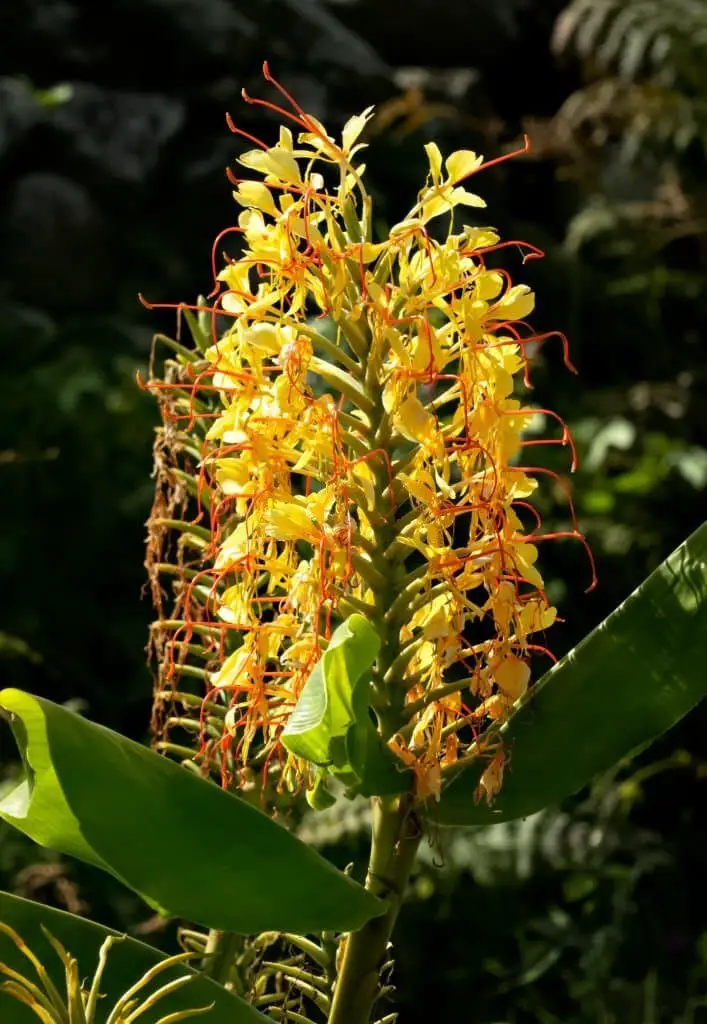
Native to the Himalayas, Kahili Ginger (Zingiberaceae family) is an evergreen herbaceous perennial that can reach impressive heights of up to six feet tall and three feet wide. Its lanceolate leaves are a deep green hue, measuring 12-18 inches in length. The plant’s crowning glory, however, lies in its fragrant flowers, which burst forth from clusters at the stem tips in shades of yellow, often adorned with orange or red markings.
With hardiness zones ranging from eight to eleven, Kahili Ginger thrives in conditions that provide full sun to partial shade and moist, well-drained soil. Its low-maintenance nature means it doesn’t require frequent fertilization, making it an attractive option for gardeners seeking ease of cultivation.
Kanawao (Broussaisia arguta).
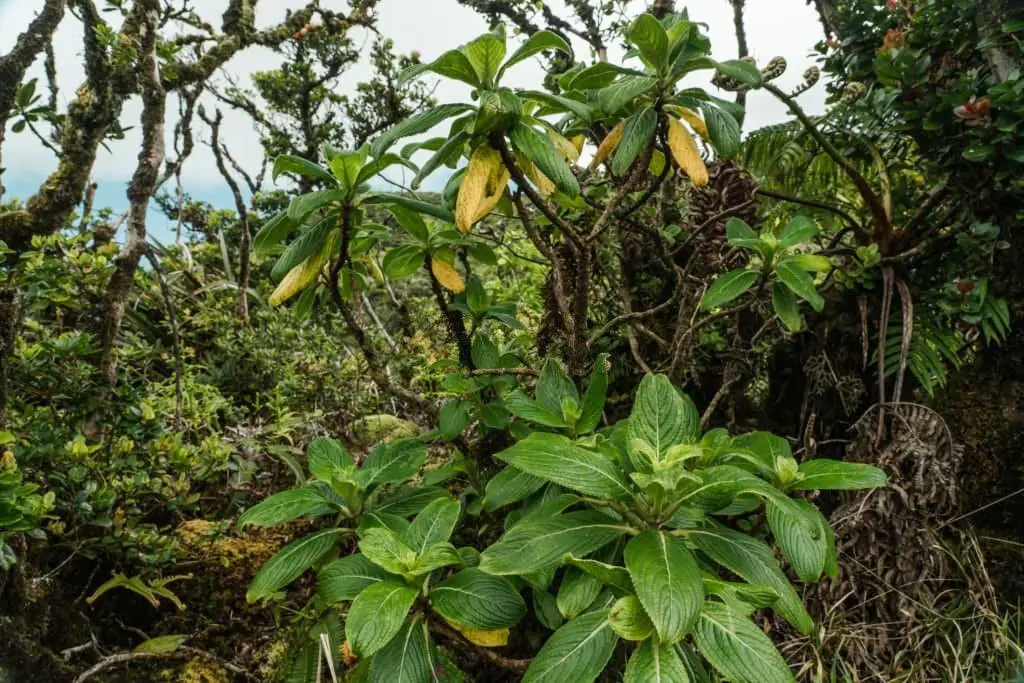
Kanawao, an endemic Hawaiian species within the Campanulaceae family, is peculiarly found only on the islands of Kauaʻi and Oʻahu. Its specific epithet arguta originates from the Latin term for ‘rough’, a characteristic that can be attributed to its hairy leaf surfaces. This shrub thrives in dry to mesic forests at elevations ranging from 2000-4000 feet above sea level, making it a common sight on Kauaʻi but less abundant on Oʻahu.
The kanawao’s foliage is distinguished by its oppositely arranged, elliptical to oblong leaves that are covered in fine hairs on both surfaces.
Koki’o (Kokia kauaiensis).

The Hawaiian endemic tree, known as the koki’o, stands at around 30 feet tall. Its range is limited to the islands of Kaua’i and Ni’ihau, where it thrives in dry forest environments. Notably, the koki’o was one of the first plants to be listed as endangered under the US Endangered Species Act, a distinction earned in 1992. Unfortunately, today there are only an estimated 50-100 mature koki’o trees remaining in their natural habitats.
Habitat loss and degradation resulting from human activity pose the greatest threat to the koki’o’s survival.
Koʻoloaʻula (Abutilon menziesii).

Koʻoloaʻula, a rare and endangered Hawaiian species, is found exclusively in the Koʻolau Mountains on the island of Oʻahu. Although considered extinct in the wild, conservation efforts have managed to preserve a few plants in captivity. This unique plant belongs to the mallow family (Malvaceae) and stands at approximately three feet tall as a small shrub. Its oblong leaves and bright yellow flowers with five petals are distinct features of this species.
The koʻoloaʻula derives its name from its striking red berries, which were historically used to craft traditional Hawaiian lei.
Ma’o Hau Hele (Hibiscus brackenridgei).
On the islands of Kaua’i and Ni’ihau, a rare sight can be seen – the medium-sized Ma’o Hau Hele shrub. This Hawaiian native can reach heights of up to six feet, boasting dark green leaves that glisten in the sunlight. Its deep red flowers are a striking feature, but unfortunately, this species is endangered, with only around 100 plants remaining in their natural habitat.
Despite its precarious status, Ma’o Hau Hele holds significant cultural value in Hawaiian society.
Native Hawaiians have long utilized the plant for various purposes, including crafting lei, preparing medicine, and creating clothing. Today, it remains an integral part of traditional lei-making practices, while also being cultivated as a decorative ornamental.
Ma’ohi’ohi (Stenogyne rugosa).
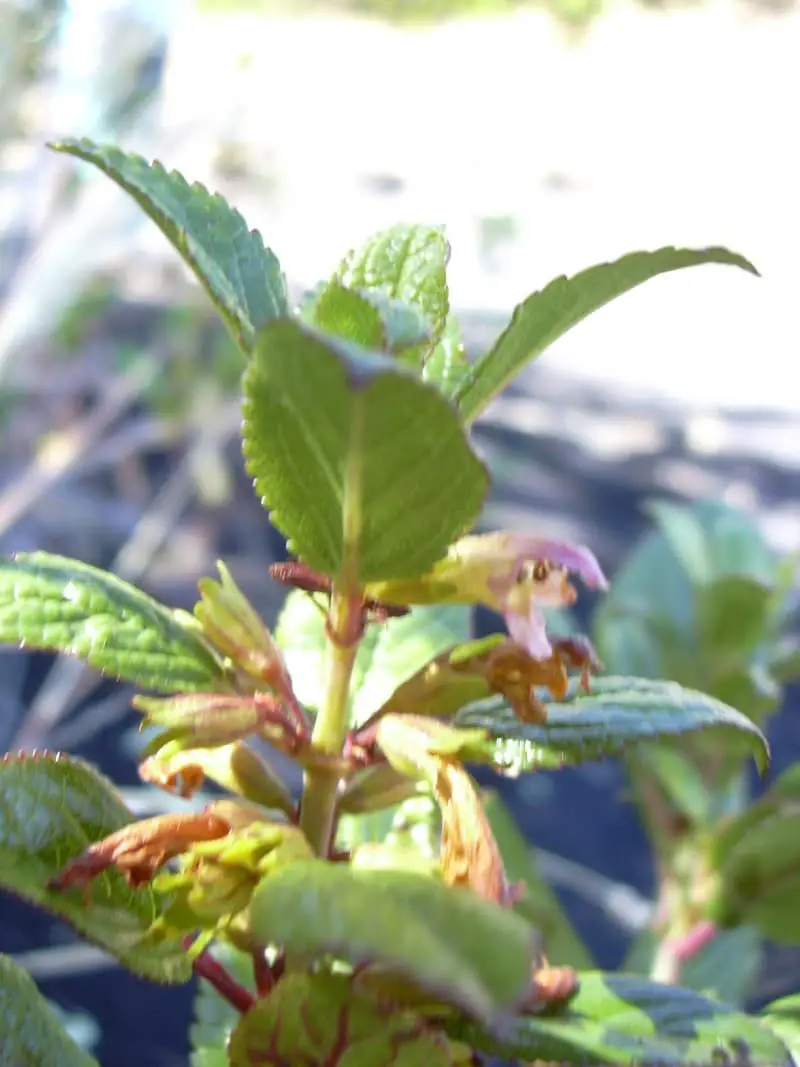
Mamane (Sophora chrysophylla).
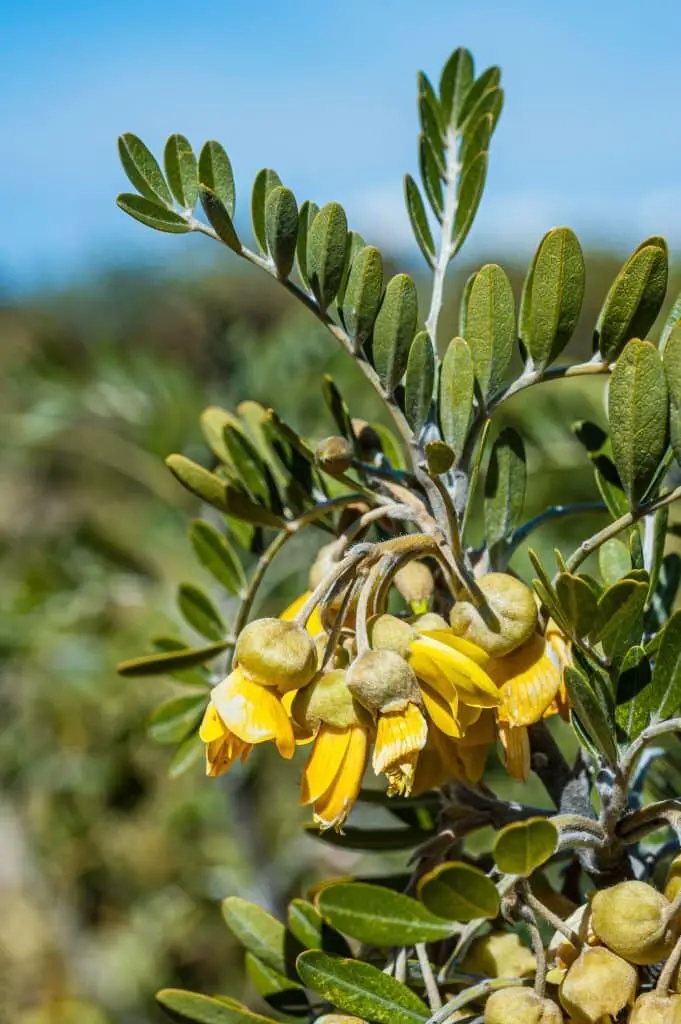
Mamane, a type of flowering legume, is native to Hawaii, where it’s the second-most prevalent tree species. Reaching heights of 15-20 meters (49-66 feet), the mamane tree boasts pinnate leaves comprising 11-17 leaflets. Its bright yellow flowers are complemented by pods containing several seeds.
This arboreal species thrives in dry, open forests on the islands of Maui, Oahu, and Hawaii. Interestingly, it was introduced to Kauai by British explorer James Cook in 1778.
In addition to its native habitats, mamane is also found on the Gilbert Islands and the Marquesas Islands.
Molokai Ohaha (Brighamia rockii).
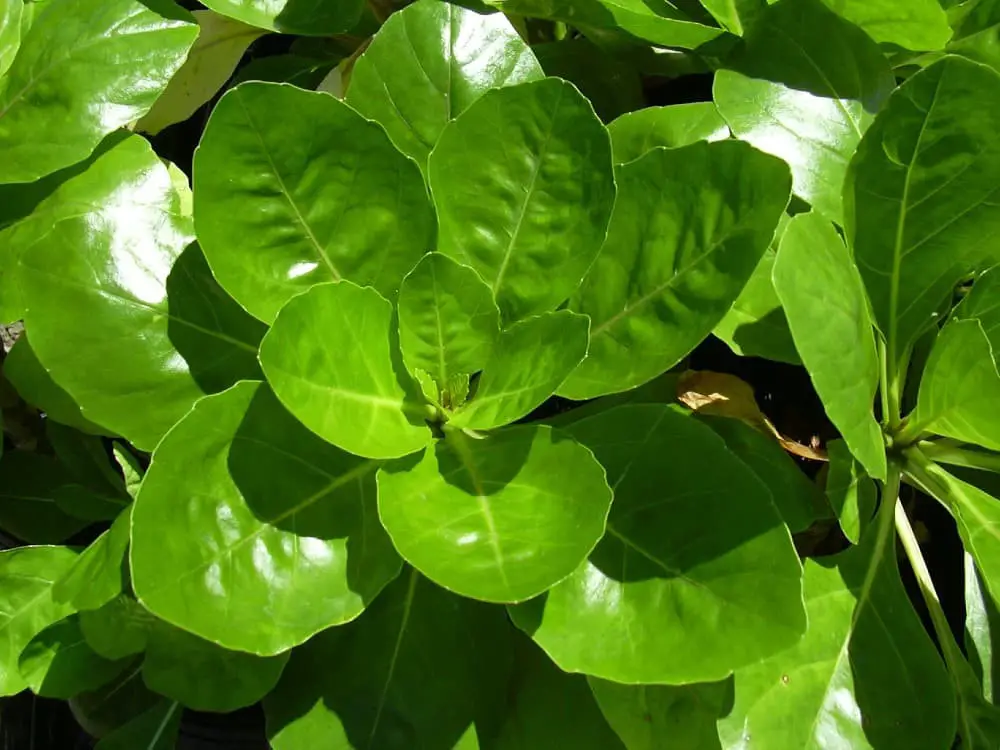
A member of the Brighamia genus in the Campanulaceae family, Molokai Ohaha shares a close relationship with two other Hawaiian endemics, B. insignis and B. schattaueri. Its discovery dates back to 1864 when William Hillebrand first collected it on Molokai’s north coast. The species was formally described and named by Asa Gray in 1867.
Characterized as a small tree or shrub reaching approximately six meters in height, Molokai Ohaha boasts dark green, glossy leaves shaped like an oblong-lanceolate with a pointed tip. White, bell-shaped flowers are borne on slender stalks, while the fruit takes the form of a small, fleshy berry. This unique species is endemic to the northern region of Molokai, where it thrives on cliffs and rocky outcrops.
However, it faces significant threats due to habitat loss and degradation resulting from livestock grazing, invasive species, and human development.
Nanu (Gardenia brighamii).
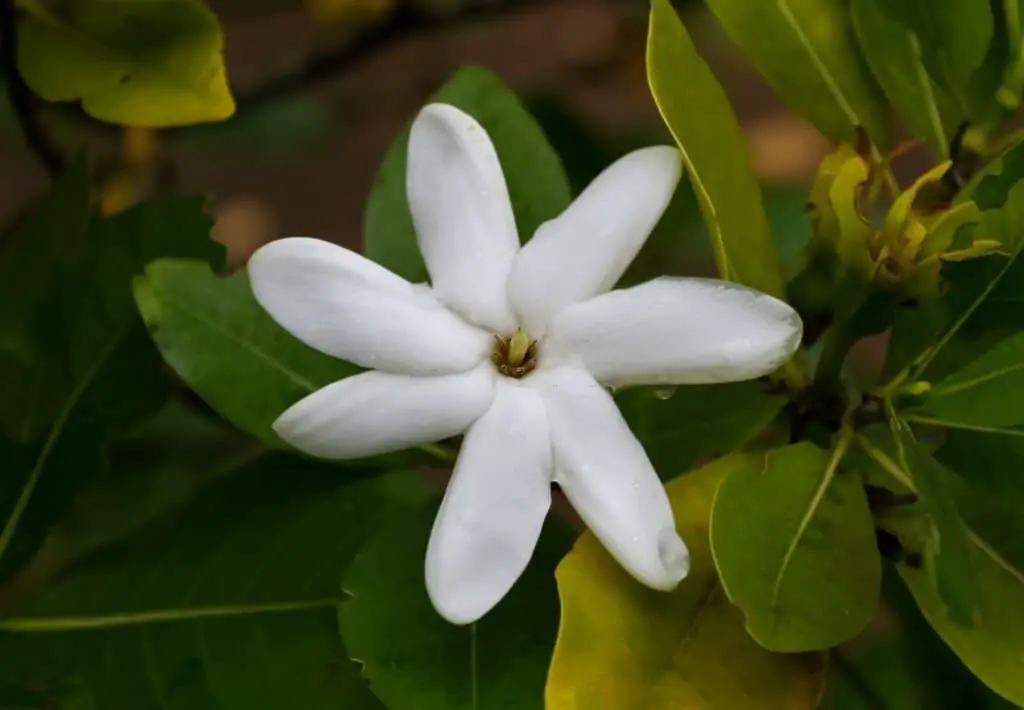
On the islands of Hawaii, a small shrub called nanu thrives in dry to mesic forests across all major islands. This evergreen plant stands at approximately three feet tall, boasting smooth, glossy leaves with a leathery texture that provides a unique charm.
The flowers of nanu are just as remarkable, emitting a sweet fragrance and featuring petals fused at their base. Blooming from April to June, this native Hawaiian plant is truly a sight to behold.
In the past, nanu held great significance for native Hawaiians, who utilized its various parts for medicinal purposes. The leaves were transformed into a poultice for treating wounds, while the flowers were used to create beautiful lei. Moreover, nanu was believed to possess spiritual power and was often planted near temples, where it was revered for its sacred properties.
Naupaka (Scaevola taccada).
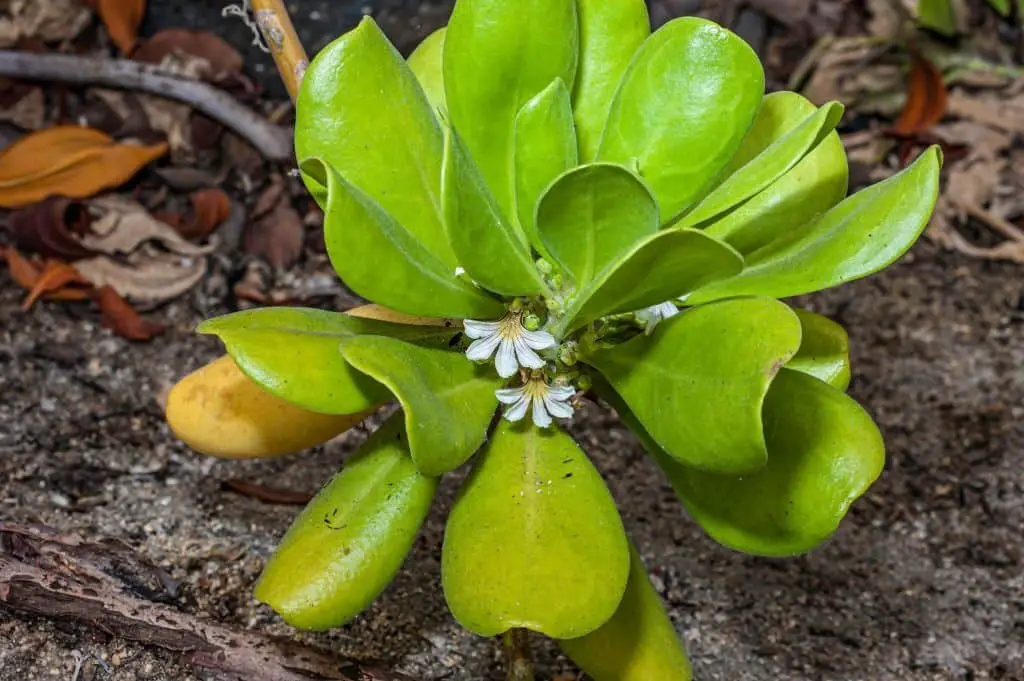
In the lush landscape of Hawaii, a small yet striking flowering shrub stands out – the Naupaka. This native Hawaiian plant can be found on all major islands except for Lana’i. Characterized by its clusters of white, five-petaled flowers and dark green, glossy leaves, the Naupaka is a sought-after landscaping choice in the Aloha State. However, this beauty is under threat due to habitat loss and degradation, as well as the introduction of invasive species.
As a result, conservation efforts are underway to safeguard this endangered species.
Nehe (Wollastonia integrifolia).
Native to New Zealand, but introduced to Australia, this small tree or large shrub can grow up to seven meters tall. Its dark green and glossy leaves are accompanied by white or cream-colored flowers that eventually give way to small, black berries. This versatile plant thrives in coastal areas of Queensland, New South Wales, and Victoria, making it a popular choice for coastal gardens due to its salt-tolerant and drought-resistant nature.
As an added benefit, the Nehe provides a valuable food source for native birds like the tui (Prosthemadera novæzelandiæ).
Oahu Pilo Kea (Platydesma cornuta var. decurrens).
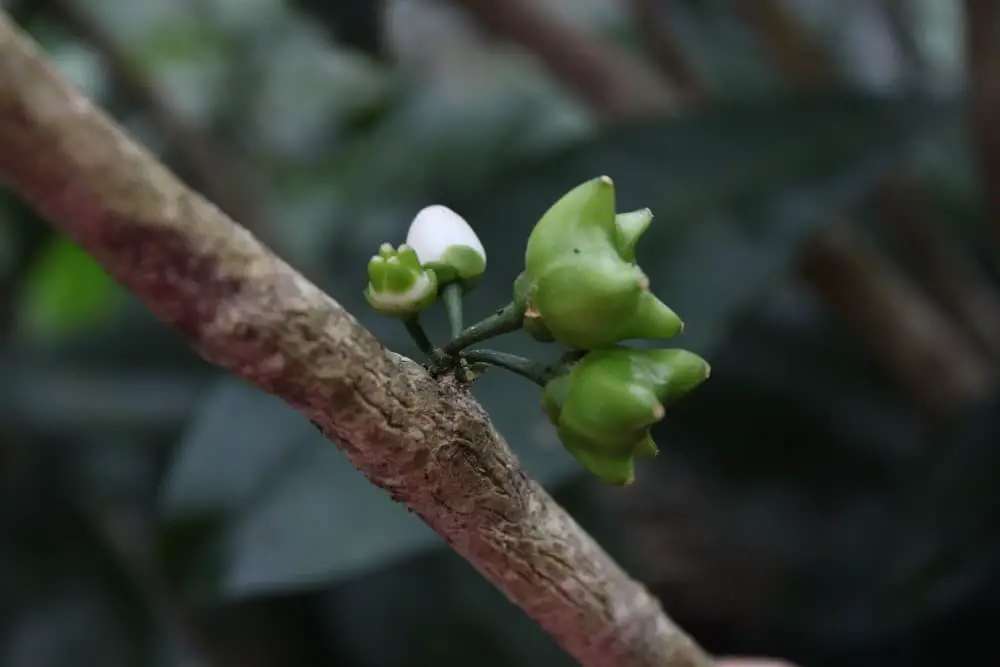
The Oahu Pilo Kea is an extraordinary native Hawaiian plant that’s endemic to the island of Oahu, specifically within dry forest and shrubland habitats at elevations ranging from sea level up to 600 meters or approximately 2000 feet. As a member of the sunflower tribe (Heliantheae), this small, erect shrub can grow up to 75-91 centimeters in height. Its leaves are arranged oppositely, shaped lanceolate to oblong, and measure between 9-20 centimeters long and 4.6-13 centimeters wide.
Notably, the leaf margins feature serrations or dentations, while the leaves themselves have a petiole ranging from 1.5 to 36 centimeters in length.
Oahu Riverhemp (Sesbania tomentosa).

In the pea family, Fabaceae, Oahu Riverhemp stands out as an invasive species that has made its way across tropical and subtropical Asia, originating from India, Sri Lanka, China, and Indonesia. However, its introduction to many other regions, including Hawaii, has resulted in it becoming a significant weed issue.
Characterized by its rapid growth, Oahu Riverhemp can reach heights of up to 15 feet or more.
Its bright green leaves are striking, accompanied by yellow or white flowers that add to its visual appeal. Typically found thriving in wet environments, such as riversides and streams, the plant’s adaptability has contributed to its widespread presence.
Ohe ‘ohe (Tetraplasandra flynii).
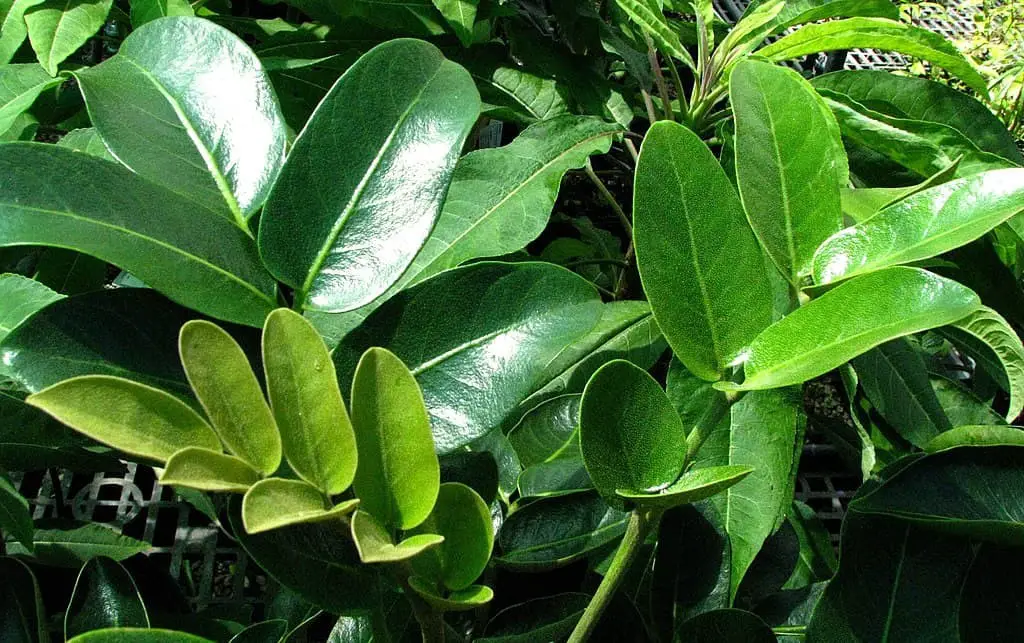
Ohe ‘ohe, a diminutive tree native to Hawaii, belongs to the Asteraceae family. Its exclusive habitat is on the island of Maui, where it thrives in mesic and wet forests. The scientific name flynii pays tribute to William A. Flynn, who first discovered the species in 1919, collecting the initial specimens that led to its classification.
Ohi’a Lehua (Metrosideros polymorph).
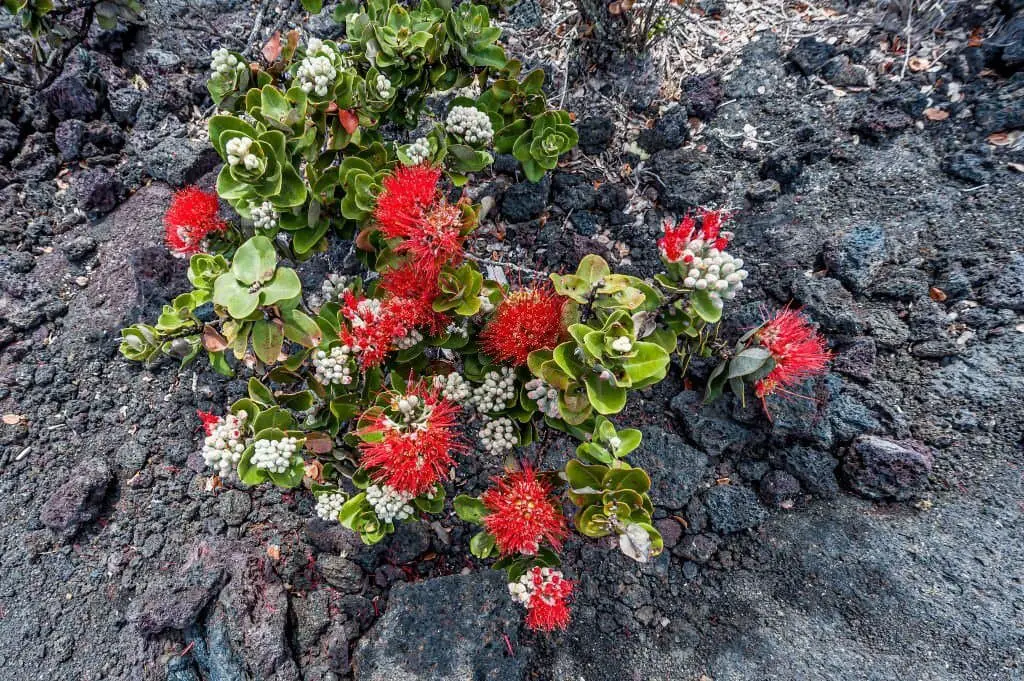
Hawaii’s lush landscapes wouldn’t be the same without the ubiquitous Ohi’a Lehua tree. Found on all major islands except Kaho’olawe, this versatile species plays a pivotal role in shaping the archipelago’s forests. As one of the first trees to colonize new lava flows, Ohi’a Lehua helps stabilize the unstable terrain, providing a haven for an array of birds, insects, and animals that call it home.
Beyond its ecological significance, the tree’s striking flowers hold deep cultural importance in Hawaiian society. Not only are they used to craft traditional lei, but they’re also valued for their medicinal properties.
Passion Fruit Flower (Passiflora edulis).

With delicate features reminiscent of a small saucer, the Passion Fruit Flower boasts five petals and a striking central stamen. The petals are adorned with white and purple hues, while the stamen takes on a deep purple tone. Furthermore, the flower exudes a powerful, sweet fragrance that is both captivating and alluring.
This beautiful bloom originates from Brazil, but its cultivation has since spread to numerous tropical countries around the world.
Interestingly, it holds a special place as the national flower of Paraguay.
As a symbol of passion and love, the Passion Fruit Flower is often incorporated into wedding bouquets and other floral arrangements, serving as a poignant reminder of the deep emotions that bring people together.
Pikake (Jasminum sambac).
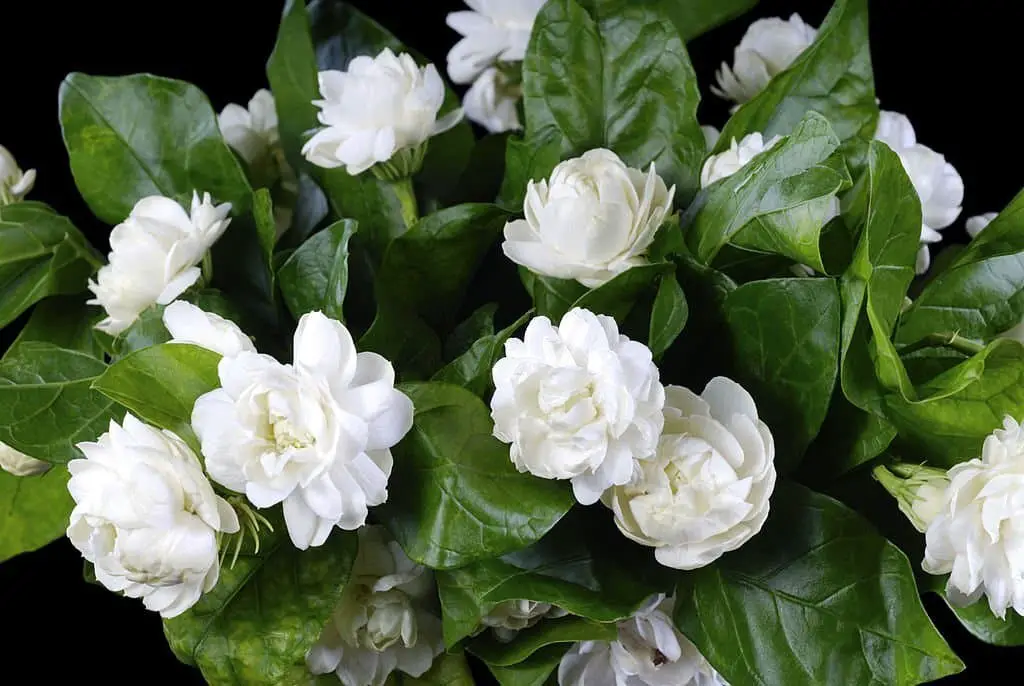
In the realm of Asian flora, Arabian jasmine – or Pikake as it’s also known – boasts a captivating aroma that rivals the alluring scent of roses. The petite white blooms emit a potent fragrance, making them a popular choice for Hawaiian leis and an integral part of the islands’ cultural heritage. Interestingly, Hawaii’s state flower is a variety of Pikake, further solidifying its significance in the Aloha State.
Pikake flowers have been woven into the fabric of Hawaiian culture for centuries, having been introduced to the islands by early Polynesian settlers. The term ‘pikake’ itself translates to ‘strewn jasmine,’ a nod to the traditional practice of adorning leis with these fragrant flowers.
Plumeria (Plumeria rubra).
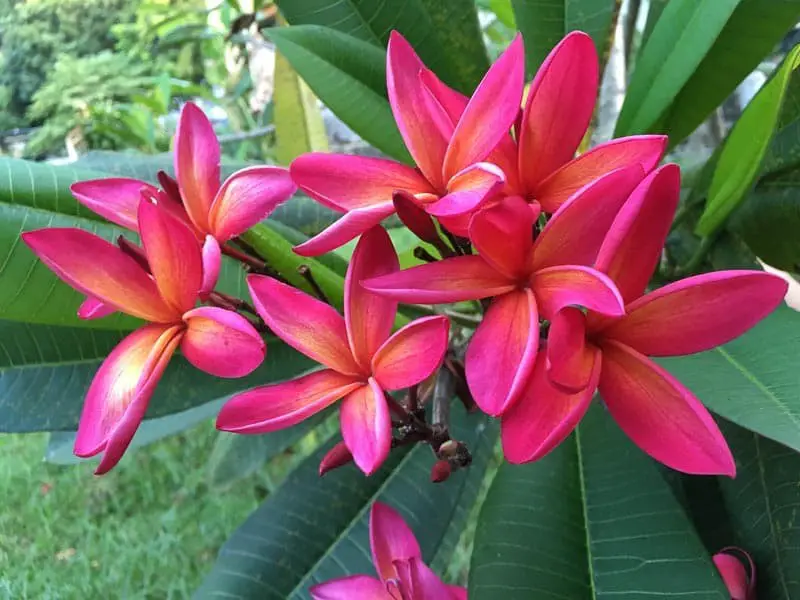
In its natural habitat, the plumeria tree boasts an impressive display of large and fragrant flowers. Native to Central America and the Caribbean, this tropical beauty has been widely cultivated in regions where warm weather thrives. With its stunning blooms, it’s no wonder the plumeria is a beloved plant in Hawai’i, where it’s affectionately known as the lei flower.
In fact, the flowers are often used to craft traditional leis, which are worn around the neck or head as a symbol of love and respect. But the plumeria’s appeal extends beyond its ornamental value – it’s also a popular tattoo design, often used to represent the allure of paradise, whether that’s a personal utopia or a longing for a lost haven.
Protea (Protea cynaroides).
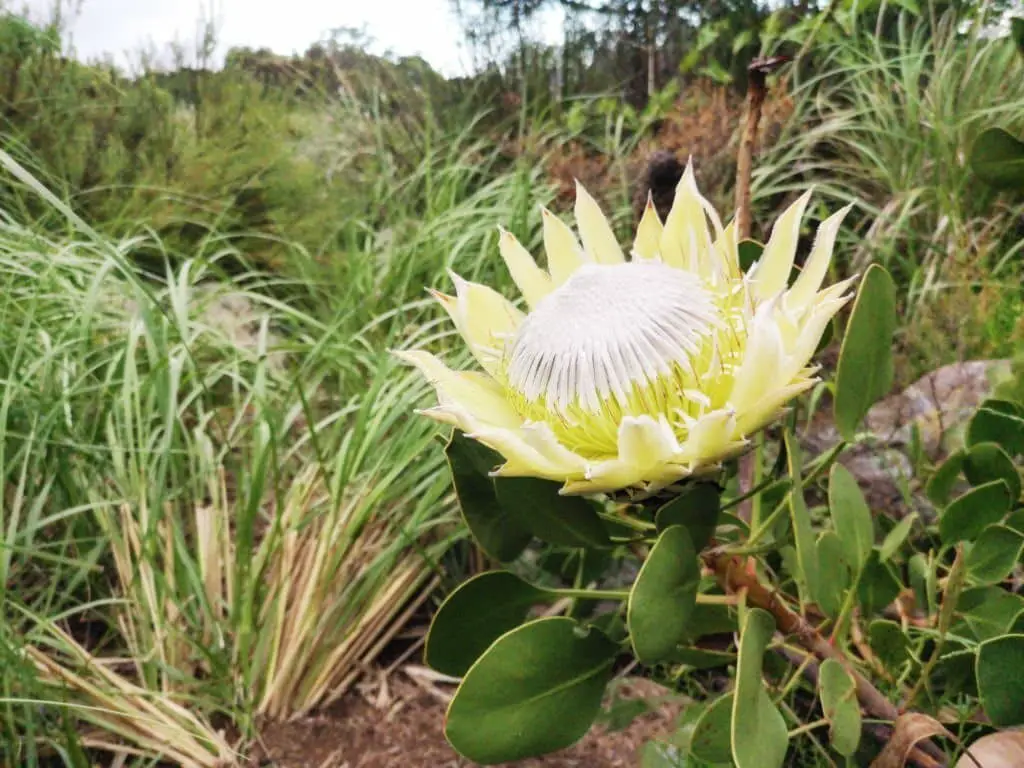
The Hawaiian hibiscus, one of the most well-known and beloved flowers in the state’s lush landscape, boasts a striking appearance. Its slender stem supports small, dainty blooms with petals that are often a soft white or delicate pink hue, featuring a plush, velvety texture reminiscent of luxury fabrics. Also known as the sugarbush or king protea, this flower has a rich history that extends beyond Hawaiian shores.
In fact, it originated in South Africa, where it was introduced to the islands of Maui and Hawaii in the early 1800s. Today, proteas can be found flourishing in various parts of the world, including Australia, New Zealand, and California, as well as their original habitat.
Pua Kala (Argemone glauca).
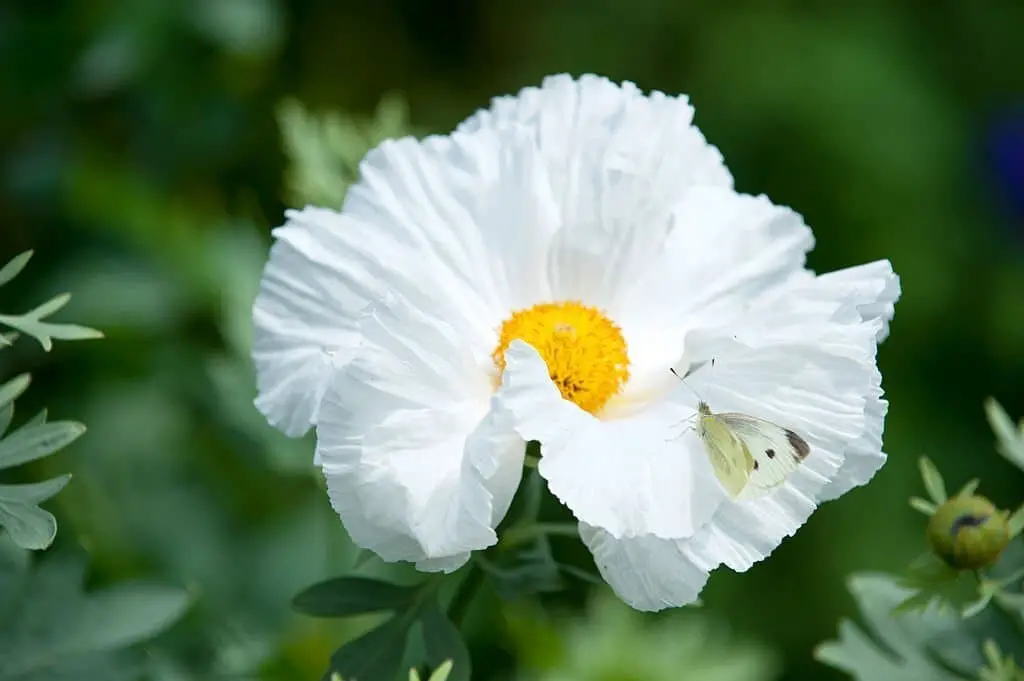
Pua Kala, an annual herb belonging to the Papaveraceae family, is indigenous to Hawaii, where it’s also referred to as the Hawaiian poppy. This versatile plant can grow up to 30 centimeters tall, boasting large, deeply lobed leaves that set it apart from other species. The white flowers with a distinctive yellow center are a notable feature, blooming from May to August and producing large, spiny capsules containing black seeds.
Pua Kala is a sought-after ornamental plant, often used in traditional leis and revered for its medicinal properties. The leaves and flowers can be steeped into a tea to alleviate stomach pain, diarrhea, and fever, while the seeds are ground into a powder and consumed to treat coughs and colds. This sacred plant holds significant cultural importance for many Native Hawaiians, featuring prominently in religious ceremonies and spiritual practices.
Uki Uki (Hawaiian Lily).
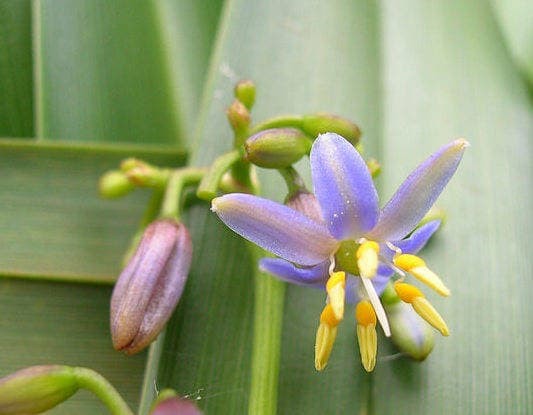
In the lush landscapes of Hawaii, one flower stands out for its striking beauty and intoxicating aroma: the uki uki. A staple in many traditional leis, this delicate bloom has captured the hearts of tourists and locals alike. Its fragrance is so potent that it’s not uncommon to find visitors returning to their accommodations with a sweet reminder of their island getaway. The uki uki’s color palette is equally impressive, ranging from pure white to vibrant pink, rich purple, and sunshine yellow.
While white remains the most popular hue, each shade brings its own unique charm to this already captivating flower. As a testament to its fragility, it’s essential to handle the uki uki with care, lest one’s appreciation for its beauty be short-lived.
What flowers are native to Hawaii?
Hawaii, a tropical paradise, boasts an astonishing array of native flora. Among its most iconic blooms are hibiscus, plumeria, and orchids – all ubiquitous across the islands. These breathtaking flowers not only add to Hawaii’s inherent splendor but also create a kaleidoscope of colors that surround every corner of this idyllic state.
What blooms in Hawaii in February?
February brings a refreshing transition to Hawaii’s weather, as the temperature cools down and days grow shorter. Amidst this seasonal shift, the islands remain vibrant with an array of blooming flowers. Here are some of the most stunning species you can discover during this time. The Hibiscus is an unmistakable symbol of Hawaiian beauty, flaunting its radiant hues in red, orange, yellow, and pink across the islands. Its vibrant colors add a pop of excitement to any scenery.
For those seeking a sweet respite from the tropical sun, Plumeria flowers are the perfect find. Often used in traditional leis, these fragrant blooms emit a soothing aroma that’s simply irresistible. You’ll spot them in shades of white, pink, and red, adding a touch of elegance to any setting. For something distinctively unique, keep an eye out for Ginger flowers. Their striking orange or yellow petals are shaped like tiny stars, making them a standout among the lush Hawaiian flora.
Take time to appreciate these gems, and you’ll be rewarded with a deeper connection to the islands’ natural beauty.
Related Posts
When it comes to flower delivery, tipping your courier is often a point of confusion. As you ponder whether to leave a gratuity, consider this: the service provided by your floral courier goes beyond just delivering flowers. They’re also ensuring that your special blooms arrive in pristine condition, often with personalized messages and thoughtful gestures. In fact, many florists rely heavily on tips to make ends meet, as their profit margins can be slim. So, should you tip your flower delivery?
Absolutely! A small gesture of appreciation can go a long way in showing your gratitude for the extra effort they put into making your gift truly special. Whether it’s a percentage of the order total or simply a kind note, your florist will surely appreciate the thought.

